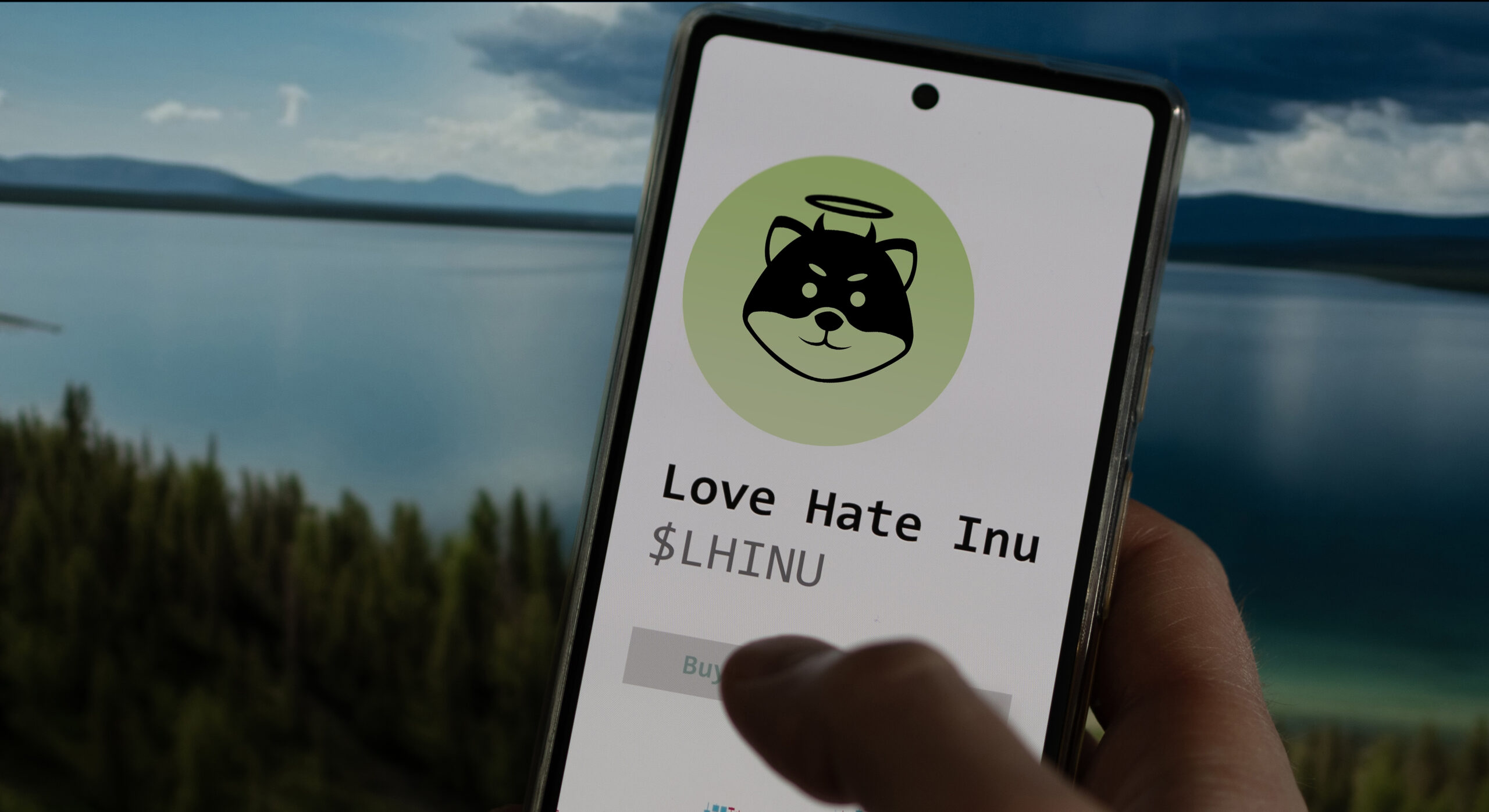In 1890, Nikola Tesla already predicted that electricity could be transmitted wirelessly in the distant future. He backed up his statement with an experiment by wirelessly supplying two light bulbs with electricity over three kilometers. However, the generator of the power station burnt out at the time, which resulted in a power failure. This problem could not be overcome in the following years either, which is why cables continued to be laid.
Now, a New Zealand start-up has once again taken up this challenge and has actually developed a method of transmitting electricity safely and wirelessly. This development would be particularly suitable for power supply outside civilized areas. A prototype has already been developed which, although it only transmits a few kilowatts, is said to have enormous potential. This energy is transmitted between two antennas.
The steel is protected by a laser curtain, which makes the technology independent of weather conditions and location. However, the stations must have a clear line of sight. So the curvature of the earth is the only obstacle for the future. It is certainly possible to use natural conditions, but not all developers agree on this point. The relays and the receiver work practically loss-free, only the transmitter consumes energy and currently works with an efficiency of 70 percent. This technology therefore becomes interesting when laying and maintaining the lines becomes very expensive or when interference with the landscape is to be avoided. Even in urban areas, high-voltage lines visible from afar are not welcome.










Leave A Comment
You must be logged in to post a comment.